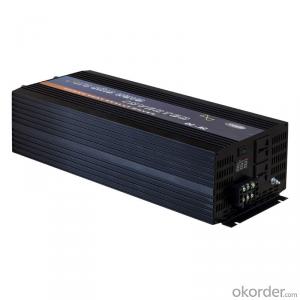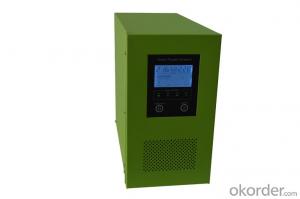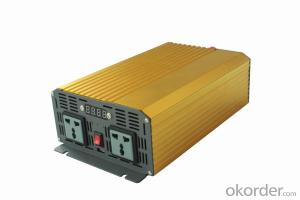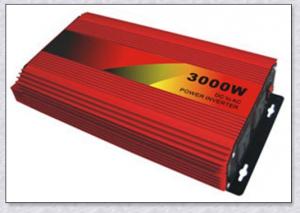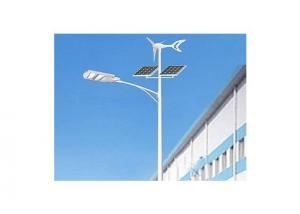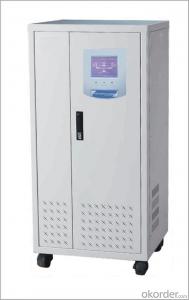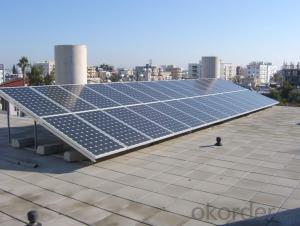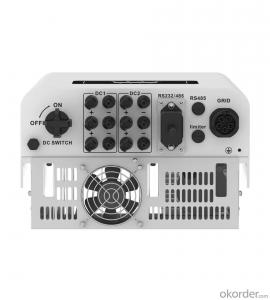3000w Solar Power Inverter
3000w Solar Power Inverter Related Searches
3000w Solar Inverter Solar Power Inverter 3000w 3000 Watt Solar Power Inverter Solar Inverter 3000w 3000w Inverter Solar 3000 Watt Solar Inverter Solar 3000 Watt Power Inverter Solar 3000 Watt Inverter Solar Power Inverter 3000 Watt 3000 Watt Inverter Solar Panel Solar Hybrid Inverter 3000w Solar Inverter 3000w Price 3500 Watt Solar Inverter Powland 3000w Solar Inverter 300w Solar Inverter Rich Solar 3000 Watt Inverter Solar Inverter 3500 Watt 300kw Solar Inverter 3kw Solar Inverter Solar Inverter 300w 300 Watt Solar Power Inverter 3kw Inverter Solar 4000w Solar Power Inverter 3 Kilowatt Solar Inverter Solar Inverter 3 Kw 300 Watt Solar Inverter 5000w Solar Power Inverter 3k Solar Inverter 10000w Solar Power Inverter Solar Power Inverter 4000w3000w Solar Power Inverter Supplier & Manufacturer from China
The 3000w Solar Power Inverter is a high-performance product designed to convert solar energy into usable electrical power. This efficient device is equipped with advanced technology, ensuring reliable and stable power supply for various applications. It is particularly useful in situations where a sustainable and eco-friendly power source is required, making it an ideal choice for both residential and commercial use. The 3000w Solar Power Inverter is widely employed in off-grid systems, remote areas, and even during emergencies when a stable power supply is crucial.This versatile product is suitable for a range of applications, including powering homes, businesses, and even electric vehicles. It is also commonly used in outdoor activities such as camping, where a portable and reliable power source is essential. The 3000w Solar Power Inverter's ability to harness solar energy makes it a popular choice for those looking to reduce their carbon footprint and embrace renewable energy solutions. Its user-friendly design and robust construction ensure that it can withstand various environmental conditions, making it a reliable investment for long-term use.
Okorder.com is a reputable wholesale supplier of the 3000w Solar Power Inverter, offering a vast inventory to cater to the growing demand for this innovative product. As a leading platform for sourcing solar power inverters, Okorder.com ensures that customers have access to high-quality products at competitive prices. With a commitment to customer satisfaction, Okorder.com provides comprehensive support and assistance, making it easier for businesses and individuals to incorporate the 3000w Solar Power Inverter into their energy solutions.
Hot Products




